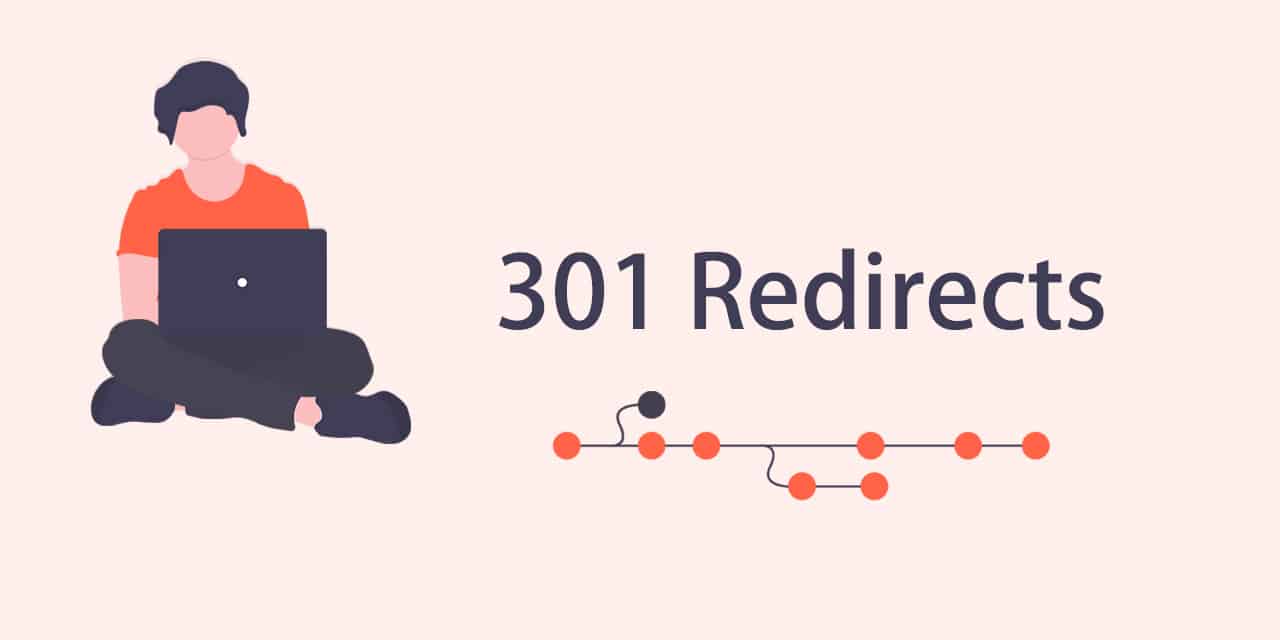A Step-By-Step Guide to Using 301 Redirects in WordPress
Working in WordPress but still not sure how to redirect post and pages? Wondering if there’s an easy way to get a grasp on the whole redirections thing that won’t make you feel so perplexed? Well, I’m happy to inform you that we’ve got you covered!
Here, you’ll be able to find a really simple step-by-step guide on how to finally master redirections using the super-handy 301 Redirects plugin in WordPress that makes the whole thing feel like a breeze.
One other thing that’ll make your life so much easier is the use of another amazing WordPress plugin – WP Reset. That’s right. Sometimes, during the process of migrating from one blog to another, you might stumble upon some redirection issues that can easily and promptly be fixed with the help of this life-saving plugin. Go check it out!
Now that we’ve got all that out of the way, let’s start with the basics. Ready?
What exactly is a WordPress Redirect?
It’s really simple! A redirect is a way in which your website informs your readers that a certain page or blog has been moved to another location and offers them a seamless way to get to that new location that you’ve created.
There are various types of redirects, but since you’re particularly interested in 301 redirects in WordPress, that’s what we’re going to cover today.
You’re probably wondering why it’s so vital to understand 301 redirects and when you should use it in the first place. And I’m here to explain just that.
What’s the Primary Use of 301 Redirects?
- The number one instance in which you might need a 301 redirect is when your page has moved to a new location and you want your users to be automatically transferred there with no issues or unnecessary difficulties.
- In an instance in which you’re decided to delete a certain post or an entire page in favor of new content, you’re going to need 301 Redirects for a smooth, seamless, user-friendly transition.
- Planned to change your post’s permalink? If so, this is another example where WP 301 redirects will come in handy!
- If you want to avoid seeing 404 not found error, you’re going to need to use 301 redirects. If you don’t, this is exactly what will show up on the screen, and we know that’s your least favorite thing to see.
Knowing when and how to use 301 redirects in WordPress is crucial for anyone who cares about their SEO ranking. By not using this WP plugin, you risk having your users see 404 errors and that’s not only unfortunate for them, but it’s also hurting your site’s SEO and search engine rankings.
Now you’re probably seeing the true relevance of 301 redirects and why they’re so important for your blogs.
It’s a very simple way in which you can inform the search engines and your users’ browsers of the new, permanent location of their desired page. By doing this, all of your site’s traffic will automatically be transferred too, and that way your SEO strengths remain intact.
How to Create WordPress Redirects?
Luckily for you, WordPress contains a multitude of really useful plugins whose sole purpose is to help you with the redirection process and make it seem effortless and easy. Let’s see some of those amazing WordPress plugins that you’ll surely know how to put to good use.
-
Redirection
Using this awesome plugin is one way to easily manage WordPress redirects with zero difficulties. All you need to do is install this plugin and activate it. Once you’ve successfully done that, go to Tools » Redirection to set it all up.
Not only does the Redirection plugin help you successfully set up your redirects, it also allows you to discover all of the pesky 404 error pages on your WordPress blog! Afterwards, you’re able to simply redirect all those URLs to a new destination of your choice.
-
Page Links
At times, you may find yourself wanting to still stay in possession of your page or a post but still redirect it to another page (or a post). In this instance, Page Links are all you need for a smooth transition!
This fantastic WordPress plugin creates a really cool meta box on your post edit screen where you’re able to write in your new desired location’s address where you wish to take your users. Simple, easy and to the point.
-
Simple 301 Redirects
Just when you thought it couldn’t be any easier to use WP 301 redirects, here’s yet another way to blow you away. As you can probably assume by its very name, using this plugin is beyond simple.
After you Simple 301 Redirects and then activate it, simply go to Settings » 301 Redirects in order to write in your URLs. And there you go! Now you see how genuinely easy it is to use 301 redirects and how much your site gains from this simple, yet crucial plugin!
Conclusion
Using 301 redirects in WordPress is the best, quickest and easiest way to create a smooth transition from your current site to your new desired location! It takes so little time to figure it out, yet provides you with so much in turn.
What are you waiting for? Go check it out, install it and see what the fuss is all about. We promise you, once you choose 301 redirects, you’ll never go back. It’s really that good.
















